Quality
AS9100D
Health & Safety
ISO 45001
Environmental
ISO 14001
+44 (0) 1424 205140
Quality
AS9100D
Health & Safety
ISO 45001
Environmental
ISO 14001
+44 (0) 1424 205140

The Loadmon Cable Tension Monitoring system was developed directly as a response to one important customer who wanted to enhance their cable installation service. Traditionally you can measure the tension when pulling an electrical cable through underground ducting and you do this by measurement at the winch. Experience had shown that this was not always reliable and could lead to stretching of the cable if pulled under too great a tension. It was found that measuring the tension at the connection point between the pulling cable and the electrical cable allowed much higher pull rates with the assurance the cable would not be damaged. This joint development was a superb example of cooperative working with a customer to develop a really useful piece of custom equipment.
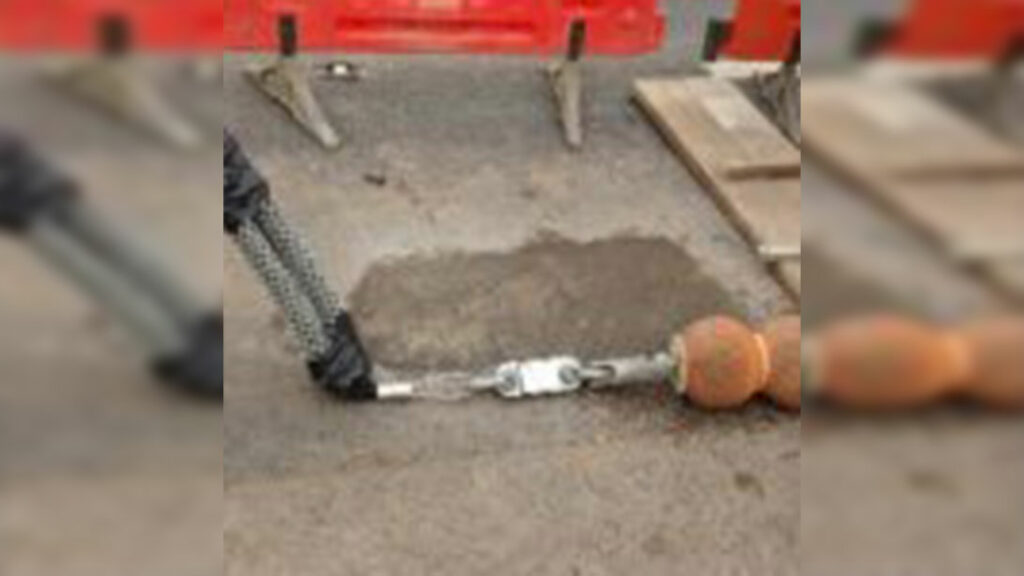

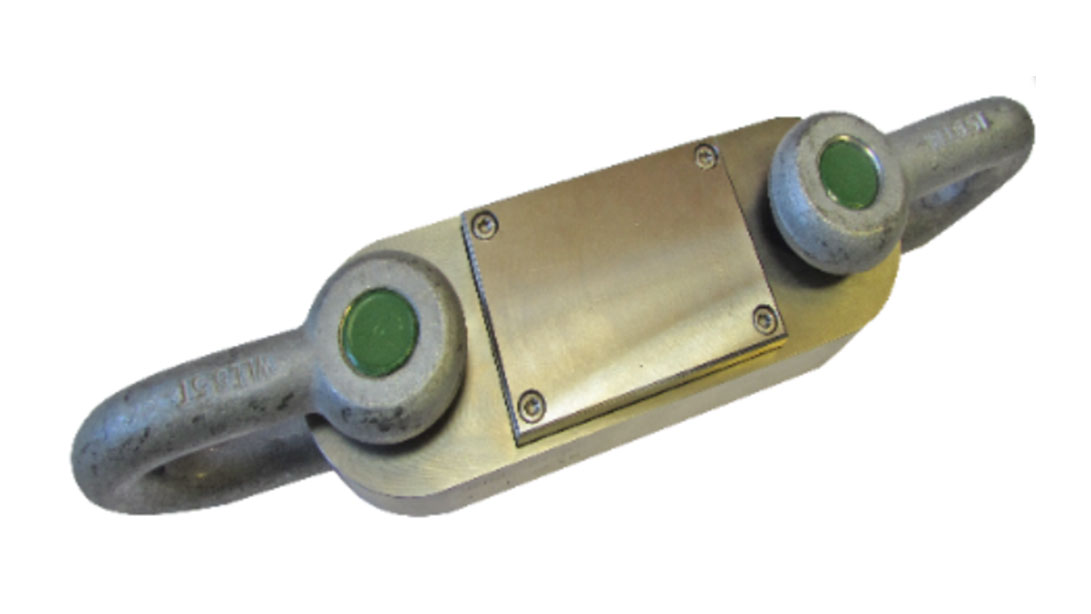
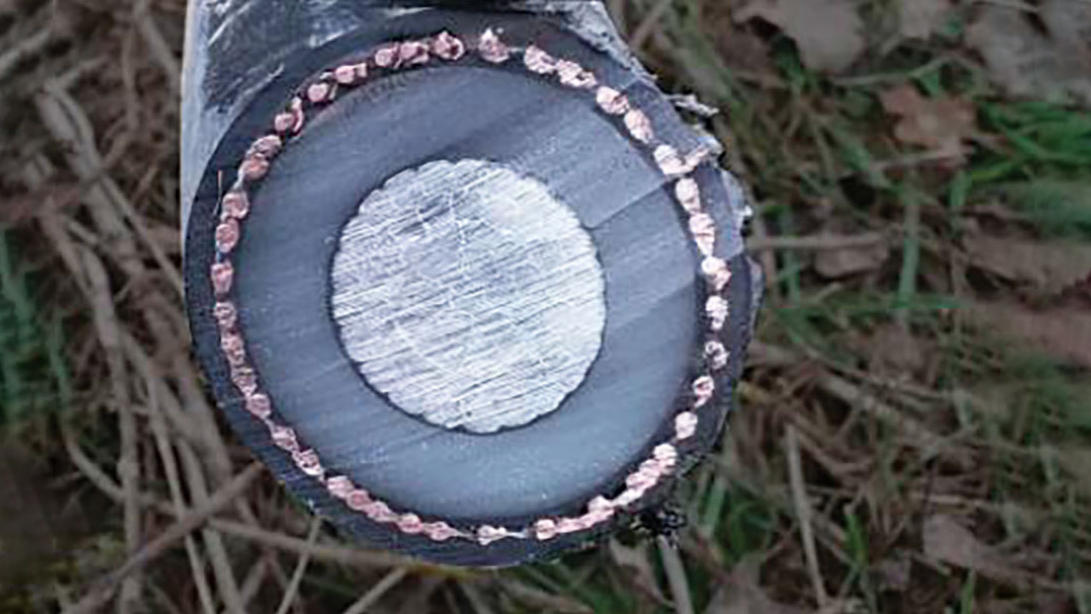
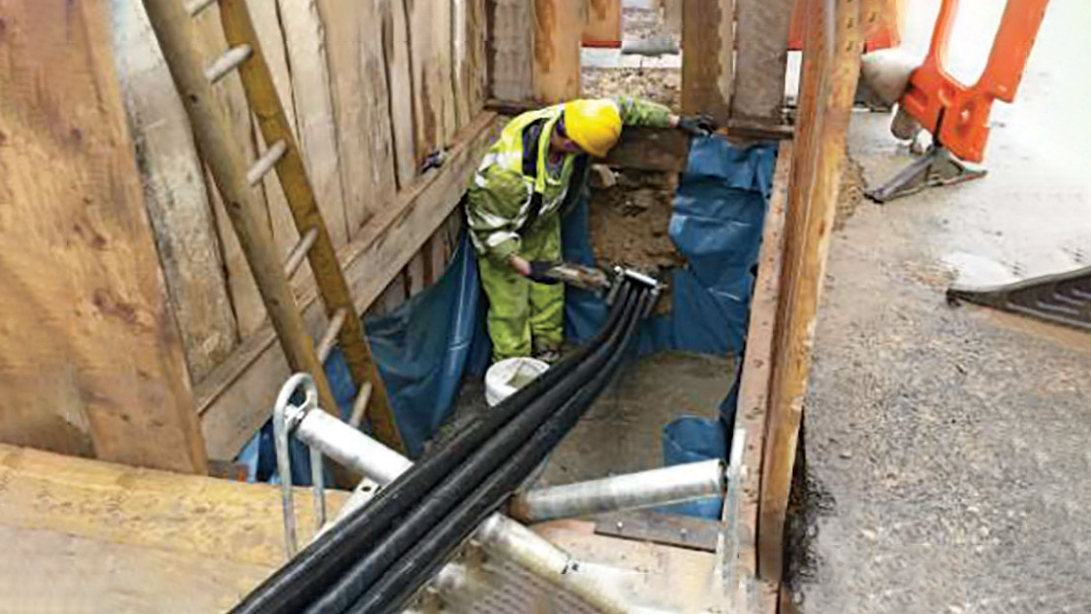
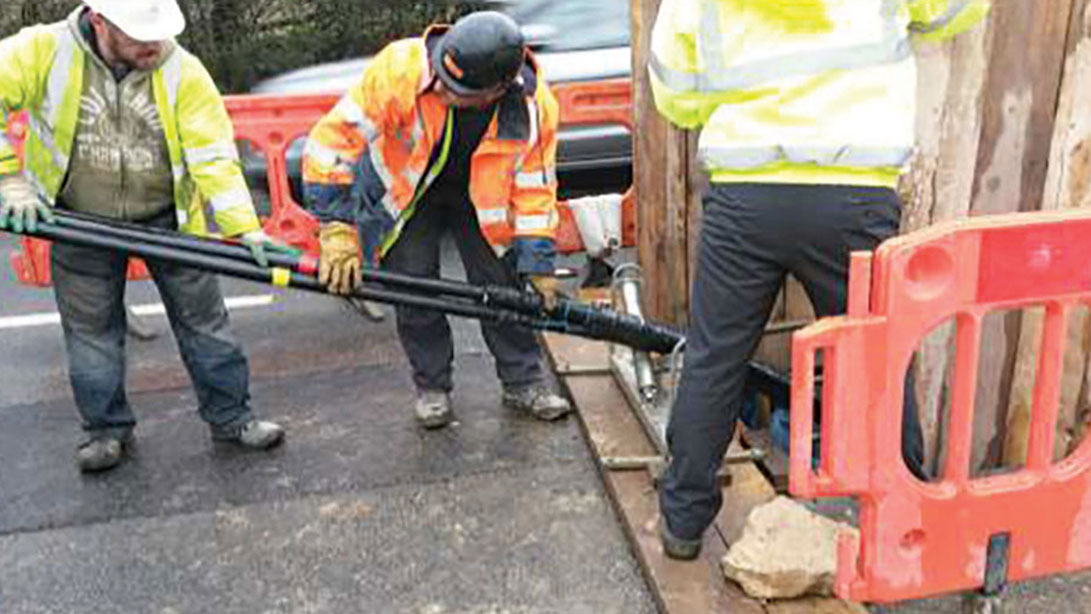
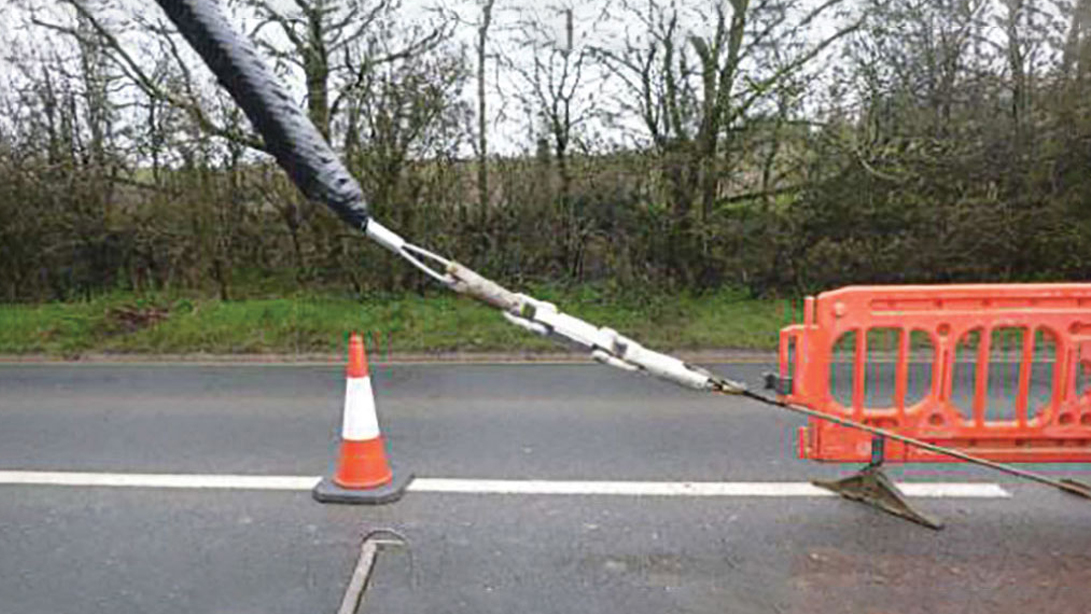
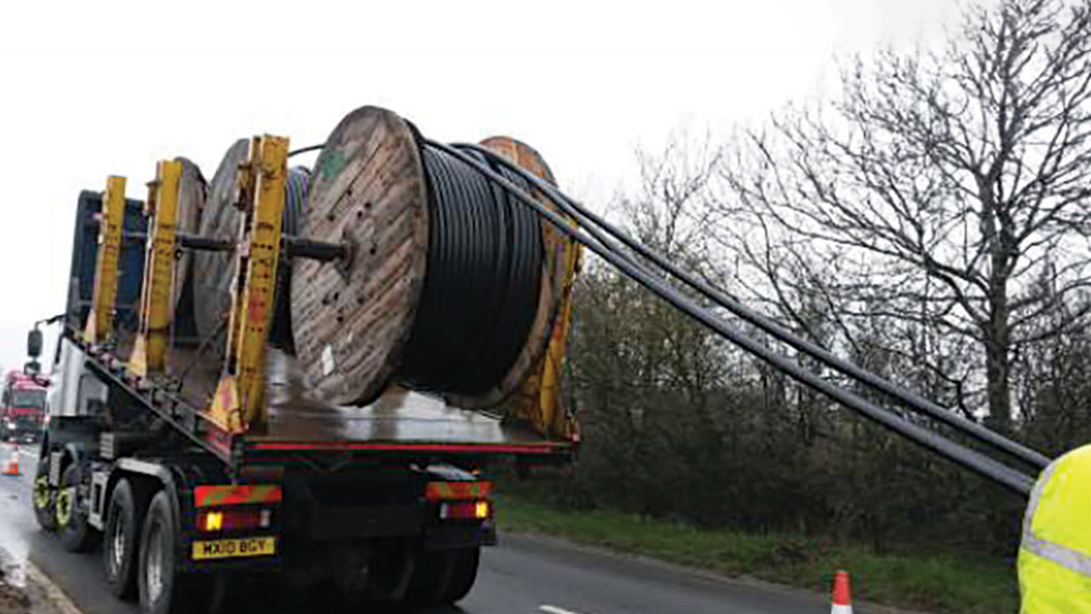
The solution provided was a custom cable linkage incorporating a tension recording circuit with its own strain sensor. This is all packaged in a waterproof casing to endure the wet conditions frequently encountered in cable pulling ducts. At the end of the cable pull, the unit is recovered and the data can be downloaded and used to provide a Quality Assurance report to the end customer to verify that the cable has not been overstretched.
Installers found LOADMON 50 easy and quick to fit before commencing the cable pull. They hardly knew it was there as its inclusion did not limit or change the cable movement in any way to what had been expected. It was just ‘Fit & Go’ and there was no need for any training.
The design proved robust in use and as well as providing QA verification data. The information can also be used to compare against previously prepared cable pulling calculations, to help improve the quality of predicative modelling. These enhanced predictions allow greater design flexibility and longer cable sections to be achieved, with fewer joint bays.
The product could be developed further to include a wireless link but at the present time this is considered cost prohibitive for the minor benefit achieved. However Drallim continue to offer custom load measuring products. Indeed they have recently developed a wireless pressure sensor (DART) unit for use in a remote power station site and have also developed load measuring devices for underslung carg0 loads. We have the capability to solve other unique customer problems of a similar nature.